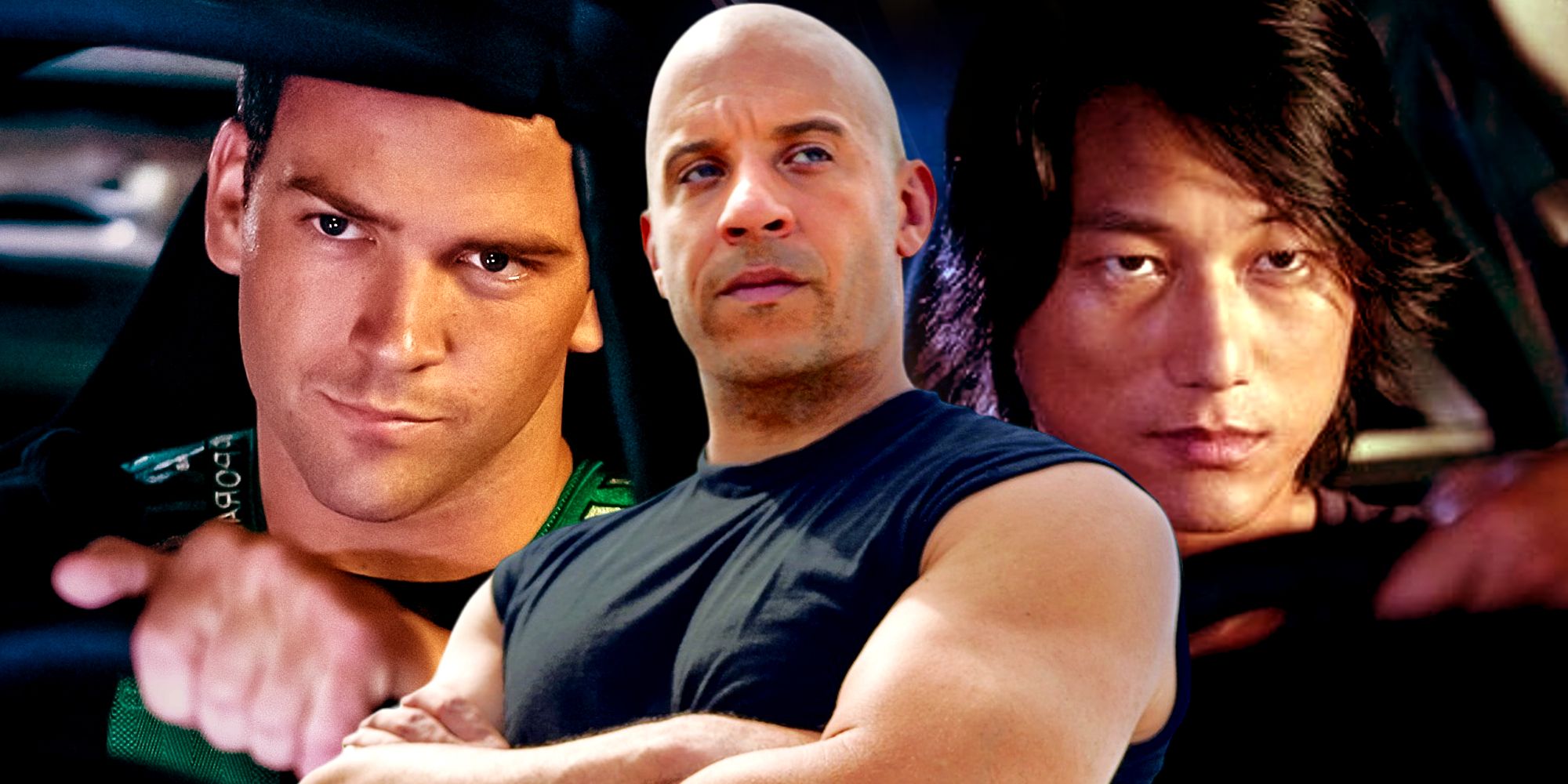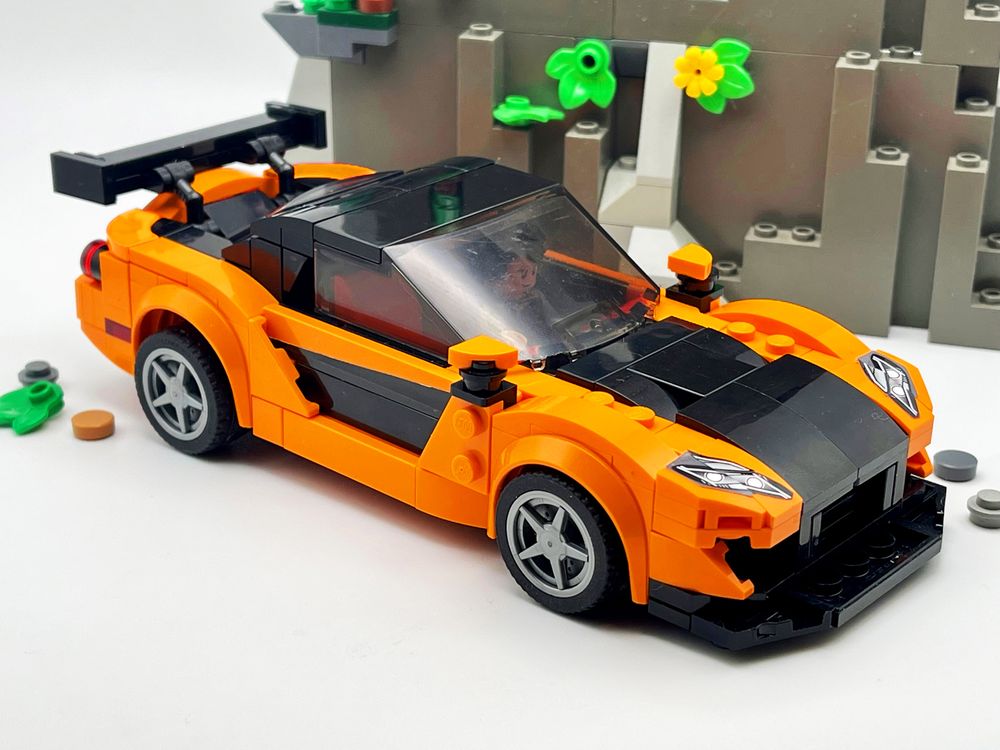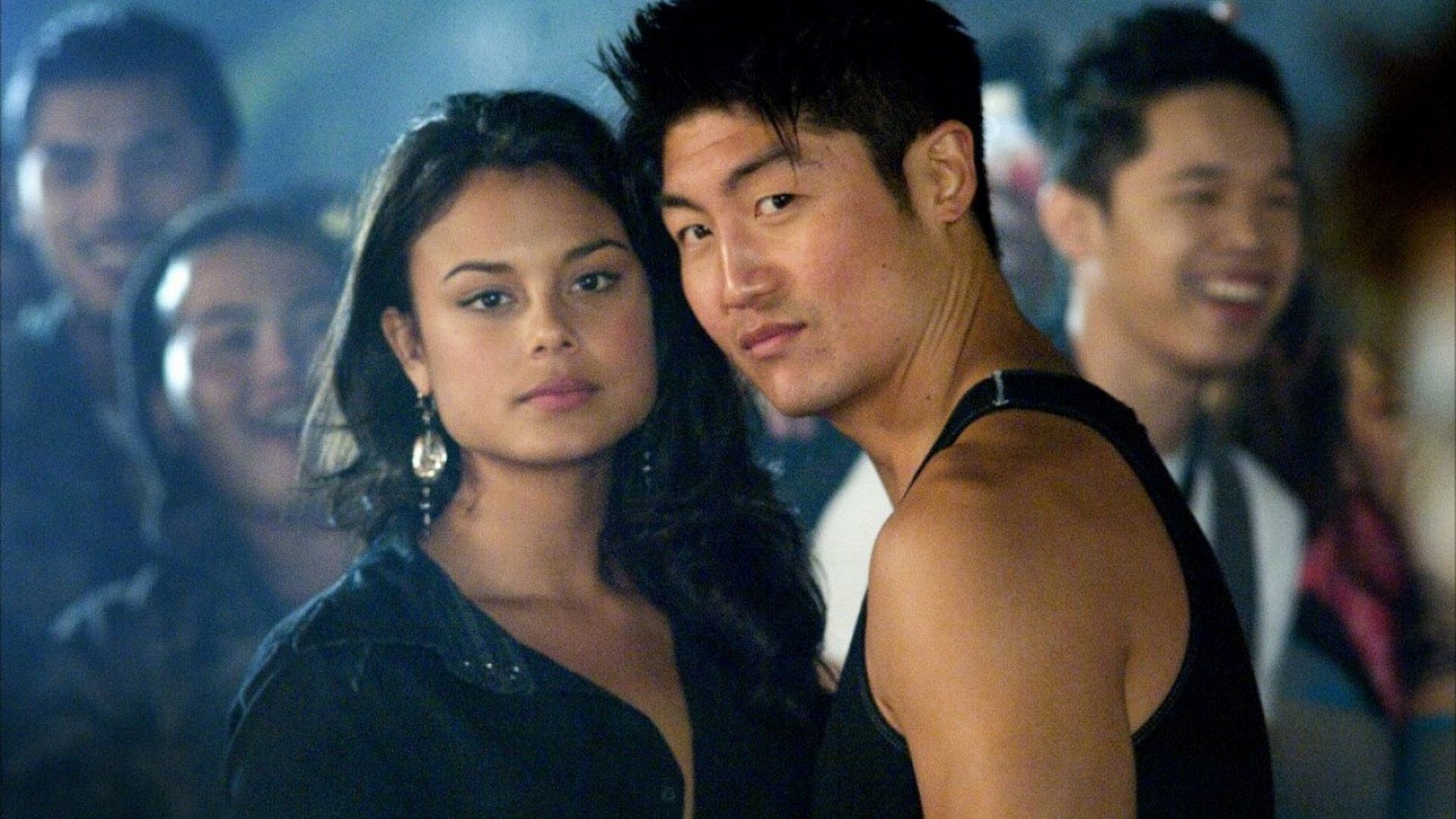Past the Rubber: Exploring the Cultural Conflict and Sudden Depth of The Quick and the Livid: Tokyo Drift
Associated Articles: Past the Rubber: Exploring the Cultural Conflict and Sudden Depth of The Quick and the Livid: Tokyo Drift
Introduction
With nice pleasure, we’ll discover the intriguing subject associated to Past the Rubber: Exploring the Cultural Conflict and Sudden Depth of The Quick and the Livid: Tokyo Drift. Let’s weave fascinating info and supply recent views to the readers.
Desk of Content material
Past the Rubber: Exploring the Cultural Conflict and Sudden Depth of The Quick and the Livid: Tokyo Drift

The Quick and the Livid: Tokyo Drift, the third installment within the seemingly unstoppable franchise, initially acquired a blended reception. Typically dismissed as a spin-off that strayed too removed from the core system, it is a movie that deserves a extra nuanced appreciation. Whereas missing the uncooked muscle-car energy of its predecessors, Tokyo Drift presents a novel mix of high-octane motion, compelling character improvement, and a surprisingly insightful exploration of cultural conflict and self-discovery. Going past the drifting spectacle, the movie reveals a depth usually missed, making it a worthwhile addition to the Quick Saga, even when it sits outdoors the direct lineage of Dom Toretto’s adventures.
The movie’s premise instantly units it aside. As an alternative of the acquainted Los Angeles avenue racing scene, we’re transported to the colourful, neon-lit streets of Tokyo, a metropolis brimming with its personal distinctive vitality and subculture. This shift in location is essential to the movie’s id. It is not only a change of surroundings; it is a full reimagining of the franchise’s aesthetic and thematic issues. We’re launched to a world of drifto, a extremely expert and visually beautiful type of avenue racing that emphasizes management and precision over brute power. The movie masterfully captures the vitality and artistry of this driving model, showcasing its magnificence and hazard in equal measure. The breathtaking drift sequences, choreographed with a stage of ability not often seen in motion cinema, rapidly elevate Tokyo Drift past a easy automobile chase film.
Nevertheless, the movie’s success is not solely depending on its motion sequences. The guts of Tokyo Drift lies within the character of Sean Boswell (Lucas Black), a troubled teenager despatched to reside along with his father in Japan as punishment for reckless driving. Sean’s journey is one in every of self-discovery, a far cry from the established machismo of Dominic Toretto. He is initially portrayed as a rebellious outsider, struggling to adapt to a brand new tradition and discover his place in a world vastly totally different from his personal. His preliminary vanity and disrespect for Japanese customs spotlight a cultural disconnect that varieties a central theme of the movie. This wrestle for acceptance and self-understanding varieties the emotional core of the narrative, offering a stage of depth usually absent in different motion movies.
The movie cleverly makes use of the setting of Tokyo to discover this theme of cultural adaptation. Sean’s encounters with the native inhabitants, significantly his interactions with Twinkie (Bow Wow) and Han Lue (Sung Kang), spotlight the complexities of cross-cultural relationships. Twinkie acts as a information, introducing Sean to the world of drifting and the intricacies of Japanese avenue tradition. His character, whereas initially comedic, offers precious insights into the native customs and unstated guidelines that govern the underground racing scene. Han, alternatively, represents a extra enigmatic and alluring determine. He is a talented driver, a revered member of the neighborhood, and a mentor determine to Sean, subtly guiding him in the direction of self-improvement each on and off the observe. Their relationship transcends a easy mentor-mentee dynamic, evolving into a real friendship that resonates all through the movie.
The portrayal of Japanese tradition, whereas not with out its generalizations, is extra nuanced than usually credited. The movie avoids stereotypical representations, as a substitute specializing in the colourful vitality of the youth tradition, the intricate social dynamics throughout the drifting neighborhood, and the respect for custom that underpins Japanese society. The movie’s soundtrack, a mix of Japanese J-Pop and American hip-hop, additional underscores this cultural fusion, creating a novel sonic panorama that completely enhances the visible spectacle.
Past the cultural features, Tokyo Drift additionally explores themes of household and loyalty. Sean’s strained relationship along with his father, initially a supply of battle, regularly evolves as he begins to grasp his father’s motivations and the sacrifices he is made. This reconciliation, although delicate, provides one other layer of emotional depth to the narrative. Equally, the bonds fashioned throughout the drifting neighborhood, significantly the loyalty and respect proven between Han and Sean, spotlight the significance of camaraderie and shared ardour. These relationships, removed from being mere plot units, grow to be integral to Sean’s private development and transformation.
Nevertheless, Tokyo Drift is not with out its flaws. The plot, whereas practical, lacks the intricate twists and turns of a few of its predecessors. Among the supporting characters are underdeveloped, and the movie’s reliance on visible spectacle often overshadows the narrative’s emotional depth. Moreover, the movie’s depiction of sure features of Japanese tradition may be perceived as superficial by some viewers, although this criticism usually overlooks the movie’s try at portraying a posh tradition via the lens of a Western outsider.
Regardless of these shortcomings, Tokyo Drift stays a compelling and surprisingly insightful movie. Its distinctive setting, its concentrate on character improvement, and its exploration of cultural conflict elevate it past the everyday motion film fare. The movie’s enduring enchantment is obvious in its affect on subsequent installments of the Quick Saga, significantly the reintroduction of Han Lue and the exploration of his backstory in later movies. Tokyo Drift will not be essentially the most conventionally profitable movie within the franchise, nevertheless it’s a vital piece of the puzzle, a testomony to the sequence’ willingness to experiment and discover new territories, even when it means quickly diverging from the established system.
In conclusion, The Quick and the Livid: Tokyo Drift is greater than only a automobile chase film. It is a coming-of-age story set towards the backdrop of vibrant Japanese avenue tradition, exploring themes of self-discovery, cultural adaptation, and the enduring energy of household and loyalty. Whereas it might initially look like a departure from the core franchise, it in the end contributes considerably to the general narrative arc of the Quick Saga, showcasing the sequence’ capability for evolution and its skill to have interaction with various cultural contexts. Its breathtaking drifting sequences and compelling characters be certain that Tokyo Drift stays a memorable and rewarding viewing expertise, a movie that deserves to be appreciated for its distinctive contributions to the broader cinematic panorama. It is a testomony to the truth that even inside a high-octane motion franchise, there’s room for significant character arcs and considerate explorations of cultural id.








Closure
Thus, we hope this text has offered precious insights into Past the Rubber: Exploring the Cultural Conflict and Sudden Depth of The Quick and the Livid: Tokyo Drift. We respect your consideration to our article. See you in our subsequent article!